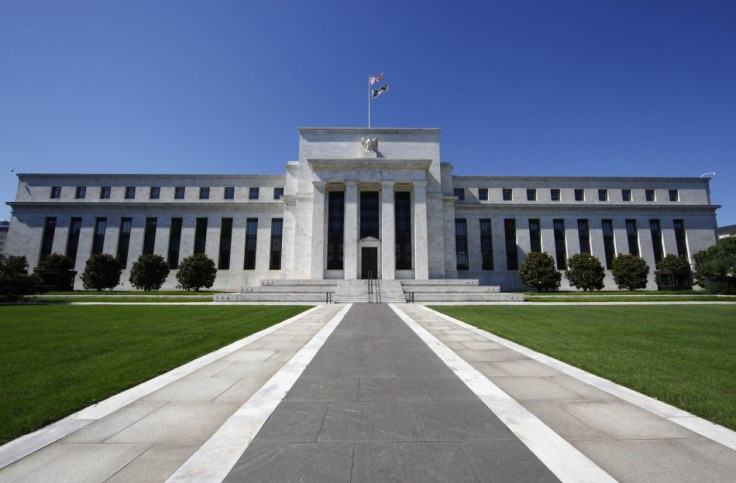Federal Reserve Meeting: Fed to Buy Long-Term Debt to Help Boost Weak U.S. Economy
ANALYSIS

The U.S. Federal Reserve Wednesday announced it will sell $400 billion worth of short-maturity bonds and reinvest in bonds with maturities of six to 30 years by the end of June 2012, in a program commonly referred to a Operation Twist.
The Fed also said it will reinvest proceeds from maturing mortgage-backed securities into mortgage-backed securities, instead of its previous practice to buy Treasuries with the proceeds.
In addition, the world's most powerful central banks kept its target Federal funds rate between 0% and 0.25% and also retained its language, first announced in August that it will keep rates at exceptionally low levels through the middle of 2013.
Also, the Fed said that economic growth remains slow and that inflation will settle at or below levels consistent with its dual mandate.
Bernanke: Many Tools Available
Prior to the meeting, in speeches and public testimony before Congress, Federal Reserve Chairman Ben Bernanke has underscored that the Fed has many tools available to stimulate the U.S. economy. Those options could include other asset purchases, increasing the maturity of the Fed's balance sheet, or cutting the interest on excess reserves the Fed pays to banks.
Economists and market analysts had expected the Fed to replace short-term U.S. Treasuries in its $1.65 trillion portfolio with long-term bonds, the so-called Operation Twist.
Further, despite both fiscal stimulus from Congress and two rounds of quantitative easing from the Fed (QE and QE2), the U.S. economy continues to limp along - growing at a sub-par rate. U.S. GDP growth slumped to 1.0 percent in the second quarter, after a meager 0.6 percent gain in the first quarter.
At the same time, while the major period of lay-offs appears to be over, hiring has not resumed an en masse, and the U.S. unemployment rate has remained very high - at 9.1 percent in August. Equally telling, the nation is short about 11 million jobs.
That slow growth, when combined with falling interest rates -- the U.S. 10-year Treasury was at 1.89 percent on Wednesday -- and the contraction effect of Europe's sovereign debt -- has renewed concern about a double-dip recession in both the United States and Europe.
What's more, some say the downside risk is much more serious: with median incomes stagnant, the stock market luke-warm, and housing still far from healthy conditions, there's a danger that what little demand that exists in the economy could dissipate, and that period of deflation could ensue.
Deflation, a protracted, systematic decline in prices, robs companies of revenue and can lead to the dreaded 'deflationary spiral,' in which price cuts lead to lower corporate revenue, prompting more lay-offs, leading to further consumer spending declines, prompting more price cuts, and so on. Hence, deflation would hurt most corporations' top line, and that would weigh on the stock market.
Monetary/Economic Analysis: The Fed's move, expected in most institutional investor circles, represents a prudent stop, given the soft U.S. economy, and low job growth. What's more, it's doubly important when one considers the fact that additional fiscal stimulus from Congress is likely to be modest, at best: the political make-up (Republicans control the U.S. House) means that only a modest jobs bill will be approved, if that. The Fed obviously senses this, as well, and prudently remained committed to the quantitative easing strategy.
© Copyright IBTimes 2024. All rights reserved.





















